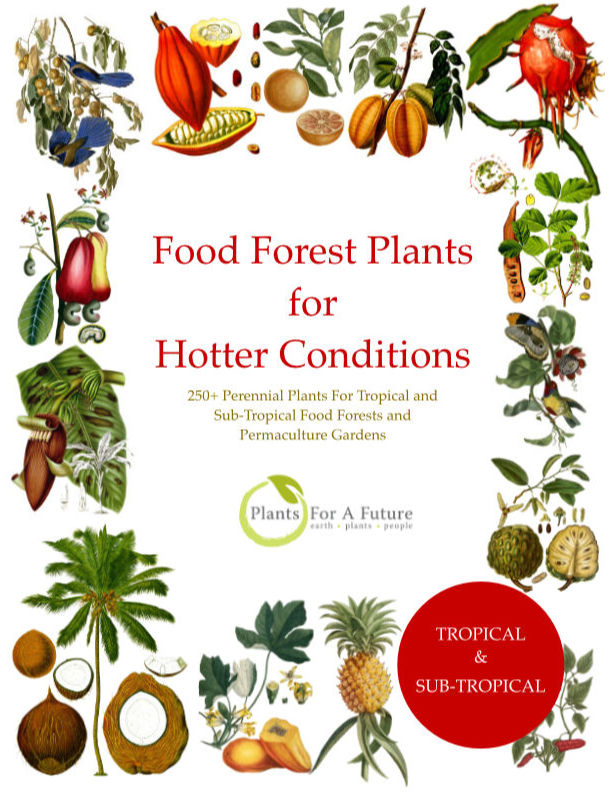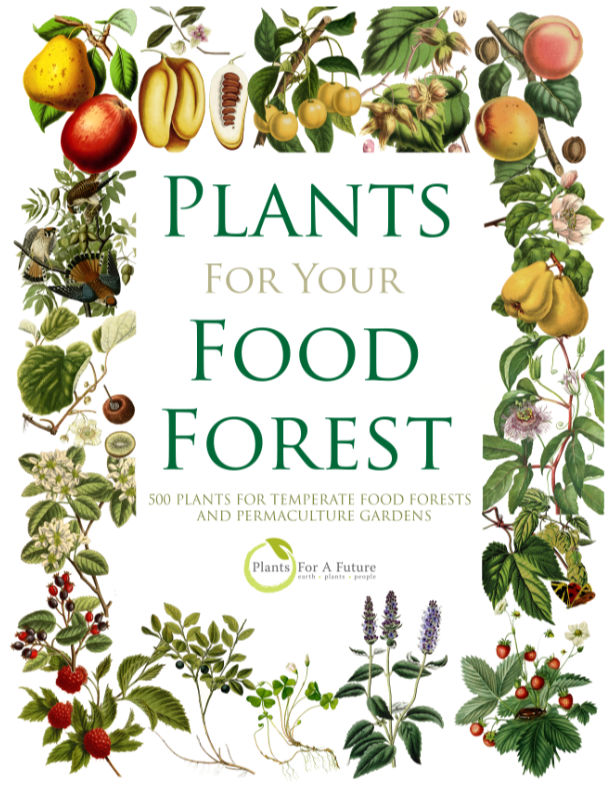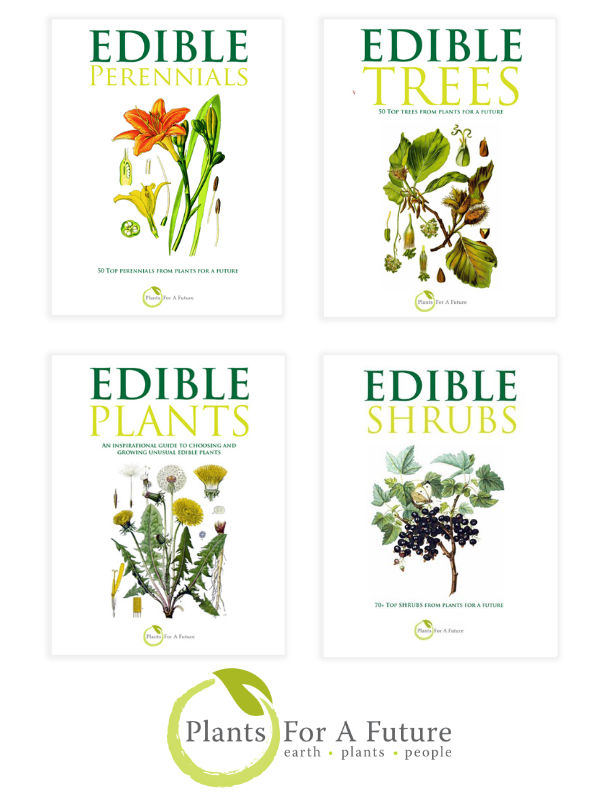Translate this page:
Summary
Rock Samphire is an aromatic coastal plant traditionally used as a food source. The leaves are eaten raw or cooked and are rich in vitamin C. They have a strong, salty, and slightly bitter flavour, somewhat reminiscent of fennel but with a more salty taste. The leaves are used as a seasoning in salads or as a pickle. Young leaves gathered in the spring are sprinkled with salt and boiled to make a flavorful pickle. The seed pods are used to create a warm, aromatic pickle, adding an exciting flavour to meals.
Rock Samphire has several traditional medicinal uses. It is considered a good diuretic and has potential as a treatment for obesity. The plant helps with digestion, relieves flatulence, and is a carminative. The young growing tips are carminative, depurative, digestive, and diuretic. Due to its high vitamin C and mineral content, Rock Samphire was historically used to prevent scurvy.
Rock Samphire thrives in coastal environments, prefers light sandy or gravelly soils, and grows well in rocky areas, particularly between stones. It requires saline conditions, making it well-suited for coastal gardens or areas with salty soil. When cultivated inland, it requires very well-drained, poor, dry soil.
Rock Samphire is native to various Mediterranean and coastal regions, including Albania, Algeria, Azores, Baleares, Canary Islands, Cyprus, Egypt, France, Greece, Ireland, Italy, Libya, Madeira, Morocco, Portugal, Sicily, Spain, and Tunisia.
Harvesting: spring and early summer when the young leaves are tender.
Physical Characteristics

 Crithmum maritimum is a PERENNIAL growing to 0.3 m (1ft) by 0.3 m (1ft in) at a fast rate.
Crithmum maritimum is a PERENNIAL growing to 0.3 m (1ft) by 0.3 m (1ft in) at a fast rate.
See above for USDA hardiness. It is hardy to UK zone 6. It is in flower from June to August, and the seeds ripen from August to October. The species is hermaphrodite (has both male and female organs) and is pollinated by Insects. The plant is self-fertile.
It is noted for attracting wildlife.
Suitable for: light (sandy) soils, prefers well-drained soil and can grow in nutritionally poor soil. Suitable pH: mildly acid, neutral and basic (mildly alkaline) soils and can grow in very alkaline and saline soils.
It cannot grow in the shade. It prefers dry or moist soil. The plant can tolerate maritime exposure.
UK Hardiness Map
US Hardiness Map
Synonyms
Cachrys maritima.
Plant Habitats
Cultivated Beds;
Edible Uses
Edible Parts: Leaves Seedpod
Edible Uses:
Leaves - raw or cooked[2, 4, 5, 7, 12, 27, 37]. Vaguely reminiscent of fennel, but the taste is more bitter and brackish[132]. A powerful salty flavour, it has been described by one person as tasting like 'a mixture of celery and kerosene'[238]. The leaves are used as a flavouring in salads etc[132]. Gathered in spring, the young leaves when sprinkled with salt and boiled make a very good pickle[4]. The leaves are rich in vitamin C[238]. Seed pods[4, 5, 7, 12]. They are used to make a warm aromatic pickle[2].
References More on Edible Uses
Medicinal Uses
Plants For A Future can not take any responsibility for any adverse effects from the use of plants. Always seek advice from a professional before using a plant medicinally.
Carminative Depurative Digestive Diuretic Vitamin C
Rock samphire is little used in herbal medicine, though it is a good diuretic and holds out potential as a treatment for obesity[254]. It has a high vitamin C and mineral content and is thought to relieve flatulence and to act as a digestive remedy[254]. The young growing tips are carminative, depurative, digestive and diuretic[7, 238]. They are gathered when in active growth in the spring and used fresh[7, 238]. The leaves have the reputation for helping people lose weight and so are used in treating cases of obesity as well kidney complaints and sluggishness[238]. The essential oil is a digestive, a few drops being sprinkled on the food[7].
References More on Medicinal Uses
The Bookshop: Edible Plant Books
Our Latest books on Perennial Plants For Food Forests and Permaculture Gardens in paperback or digital formats.

Edible Tropical Plants
Food Forest Plants for Hotter Conditions: 250+ Plants For Tropical Food Forests & Permaculture Gardens.
More

Edible Temperate Plants
Plants for Your Food Forest: 500 Plants for Temperate Food Forests & Permaculture Gardens.
More

More Books
PFAF have eight books available in paperback and digital formats. Browse the shop for more information.
Shop Now
Other Uses
Essential
Agroforestry uses:
Rock Samphire can be used in coastal erosion control due to its salt tolerance and ability to stabilize sandy soils. It can also be included in coastal restoration projects.
An essential oil from the plant is used in perfumery[7]. 1. Nectary - Flowers rich in nectar and pollen:
Yes – Rock samphire flowers can attract pollinators, providing nectar and pollen that benefit bees and other insects.
2. Wildlife - Food (Fruit, Seeds, Leaf litter, Shelter, Nesting, Roosting):
Yes – The leaves are edible for humans and can be consumed by some wildlife as well. However, it may not provide significant shelter or nesting sites, as it typically grows in coastal habitats rather than as dense foliage.
3. Invertebrate Shelter (Overwintering sites, Leaf litter, Groundcover):
Yes – Rock samphire can provide habitat for invertebrates, especially in coastal environments where it grows. Its structure may offer some overwintering sites for beneficial insects.
4. Pest Confuser (Smell):
Yes – The strong, salty flavour and aroma of rock samphire may deter certain pests, contributing to a healthier garden ecosystem.
Special Uses
Scented Plants
References More on Other Uses
Cultivation details
Prefers a moist light sandy or gravelly soil, doing very well between stones or by a south-east facing wall[37]. Requires a warm dry well-drained sunny position and shade from the midday sun[1, 200]. Requires saline conditions[200]. Plants are best grown in moist salty soil or a very well-drained poor dry soil. When grown away from the coast, this plant requires a warm sheltered position and some protection in cold winters[238]. At one time this plant was sometimes cultivated in the vegetable garden[2], though it is quite difficult to do this successfully[1, 37]. It is difficult to grow outside its natural habitat[164]. Rock Samphire grows relatively quickly, establishing itself in sandy or rocky coastal environments and spreading over time. Rock Samphire is self-fertile. It is typically harvested in spring and early summer when the young leaves are tender.
Rock Samphire generally flowers in summer.
References Carbon Farming Information and Carbon Sequestration Information
Temperature Converter
Type a value in the Celsius field to convert the value to Fahrenheit:
Fahrenheit:
The PFAF Bookshop
Plants For A Future have a number of books available in paperback and digital form. Book titles include Edible Plants, Edible Perennials, Edible Trees,Edible Shrubs, Woodland Gardening, and Temperate Food Forest Plants. Our new book is Food Forest Plants For Hotter Conditions (Tropical and Sub-Tropical).
Shop Now
Plant Propagation
Seed - best sown as soon as it is ripe in the autumn[1]. Sow in a cold frame and only just cover the seed[164]. Germination usually takes place within 3 - 6 weeks at 15°c[164]. One report says that the seed only has a short viability and should be sown as soon as it is ripe[238], but it has germinated well with us when sown in April in a cold frame[K]. When they are large enough to handle, prick the seedlings out into individual pots and plant them out in early summer. Division in spring[238].
Other Names
If available other names are mentioned here
Native Range
TEMPERATE ASIA: Cyprus, Israel, Lebanon, Syria (west), Turkey (n. & w.), Georgia EUROPE: United Kingdom, Belgium, Netherlands, Ukraine (Krym), Albania, Bulgaria, Greece (incl. Crete), Croatia, Italy (incl. Sardinia, Sicily), Montenegro, Romania, Slovenia, Spain (incl. Baleares), France (incl. Corsica), Portugal AFRICA: Spain (Canarias), Portugal (Azores, Madeira Islands), Algeria (north), Egypt (north), Libya (north), Morocco, Tunisia
Weed Potential
Right plant wrong place. We are currently updating this section.
Please note that a plant may be invasive in one area but may not in your area so it's worth checking.
Conservation Status
IUCN Red List of Threatened Plants Status :

Growth: S = slow M = medium F = fast. Soil: L = light (sandy) M = medium H = heavy (clay). pH: A = acid N = neutral B = basic (alkaline). Shade: F = full shade S = semi-shade N = no shade. Moisture: D = dry M = Moist We = wet Wa = water.
Now available:
Food Forest Plants for Mediterranean Conditions
350+ Perennial Plants For Mediterranean and Drier Food Forests and Permaculture Gardens.
[Paperback and eBook]
This is the third in Plants For A Future's series of plant guides for food forests tailored to
specific climate zones. Following volumes on temperate and tropical ecosystems, this book focuses
on species suited to Mediterranean conditions—regions with hot, dry summers and cool, wet winters,
often facing the added challenge of climate change.
Read More
Expert comment
Author
L.
Botanical References
17200
Links / References
For a list of references used on this page please go here
Readers comment